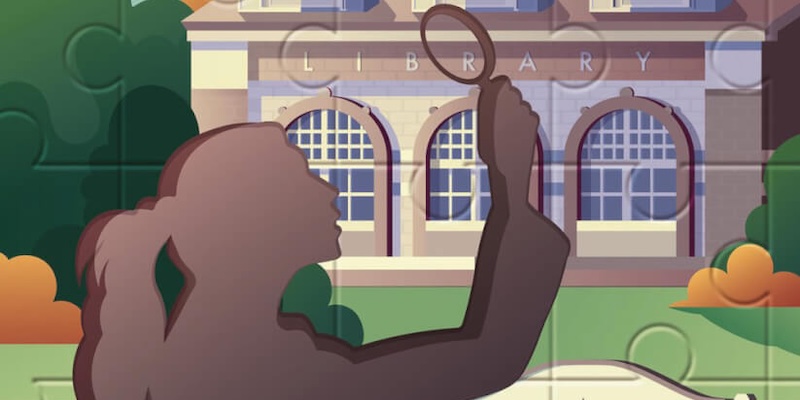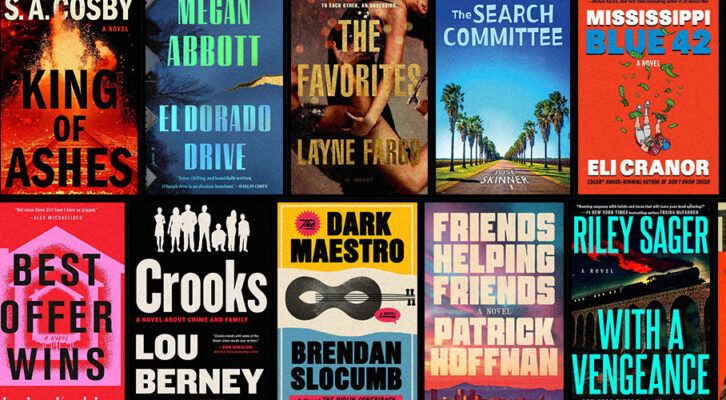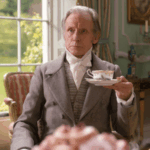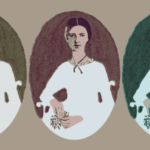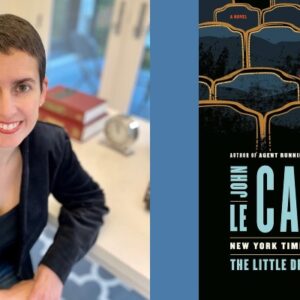The Puzzler and the Sleuth. Solving the problems that need to be solved.
Life is a highway? Life is like a box of chocolates? Life is what happens while you are busy making other plans?
Maybe. But more often than not, life is like a one-thousand-piece jigsaw puzzle.
Messy and chaotic. Until you put it all together, then it becomes a beautiful work of art that everyone can be proud of: the artist, the designer, and, of course, the puzzlers themselves.
This is true in life, but even more so when it comes to solving a murder.
The great fiction detectives of all time—Nancy Drew, Sherlock Holmes, Hercule Poirot, and Lord Peter Wimsey (not to be confused with a particular tabby cat named Whimsey) were excellent puzzlers at heart. They may not have seen it that way, but if you look at their craft, the process is very similar.
A murder starts with a mess. Sometimes bloody. Often confusing. Always shocking. Like someone flipping a puzzle box over and dumping the contents on your dining room table, with the pieces piling up and falling everywhere. Maybe even onto the floor, where the occasional piece might bounce away and get trapped under a particular tabby cat’s paw. Hypothetically.
Both the puzzler and the sleuth must start somewhere to make sense of the chaos.
“The problem is, you’re focusing on one piece at a time, trying to make it fit before you know what’s around it.”
Our sleuth, Katie Chambers, gets her inspiration from her late mother, a master puzzle designer herself. Right away, Mom’s wisdom comes to Katie, revealing her mistake. She’s only focusing on one piece at a time. It’s easy, even tempting, to focus on one clue, one puzzle piece, and run with it. Trying to solve the puzzle too fast without seeing the big picture. But that will lead to a dead end, or worse, the wrong conclusion.
First, one must sort the pieces. By color. By shape. Where do they fit in the scene? The puzzler does this by turning the box over and studying the image. The sleuth does this by exploring the crime scene. Both the puzzle cover and the crime scene are pictures of the problem, but they are not the story. For that, both need to eventually dig deeper. But first things first. There’s something more important. The wisdom of Katie’s mother leads her and her team, the South Island Jigsaw Crew, in the right direction.
“Finish the edge before you try to solve the middle.”
A great sleuth quickly, even obsessively, pursues a path to understand the big picture. They press and press and press until they see it. It’s a lot of trial and error. Never stopping until they see it, even if it’s only an outline. Like the edges of a puzzle, especially the corner pieces. They look at the picture and the problem, back and forth. Connecting one edge piece to another until there are no more. The first big win of the process.
Once they have the big picture, they start zeroing in.
“Work your way in,” her mother advises. “From the left. From the right. From the bottom. From the top. Focus on the whole puzzle.”
This is the hard part. This is where the tough work really begins. The sleuth and the puzzler may have identified their boundaries, but things inside them can be misleading and messy, often on purpose. A piece of the puzzle almost looks exactly like another. It should fit. It has to fit.
But it doesn’t, like a lying suspect or a witness with a poor memory. This can be frustrating, leading both the sleuth and the puzzler to contemplate giving up. They can’t do that, of course. The puzzle must be solved! Katie’s mom brings more wisdom: “Don’t try to force the piece you can see to fit. Find the missing piece; it’ll be the one that fits.”
Take a step back. Slow down. Breathe. The sleuth and the puzzler almost always hit that wall where they’re tempted to give up. But they can’t. The puzzle must be solved! Their pride is on the line. And in the case of the sleuth, someone’s life often depends on it.
This part of the process separates the masters from amateurs. This is where all their skills and experience come into play, where they need to think outside of the box (sometimes literally!) to discover that missing piece, that missing clue that brings it all together.
“Only then will you have that magical feeling we all get when that last piece clicks into place.”
Anyone who’s solved a complicated puzzle knows the satisfaction of hearing the “snap” of that last piece. Like getting off that highway and reaching your destination. Like finding out what really is that box of chocolates. Like when you realize that sometimes you have to solve the problem right in front of you before doing what you planned.
Ultimately, the puzzler and the sleuth both know they’ve turned chaos into beauty. For the puzzler, it may be the soft smile that naturally forms when admiring their success. Then it’s time to boil that celebration kettle of chamomile tea.
For the sleuth, it’s watching the cuffs getting slapped onto the bad guy. It’s knowing that justice has been served. And then boiling that celebration kettle of chamomile tea.
***


